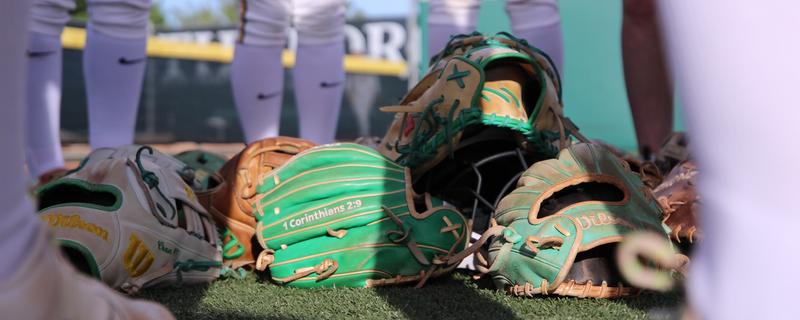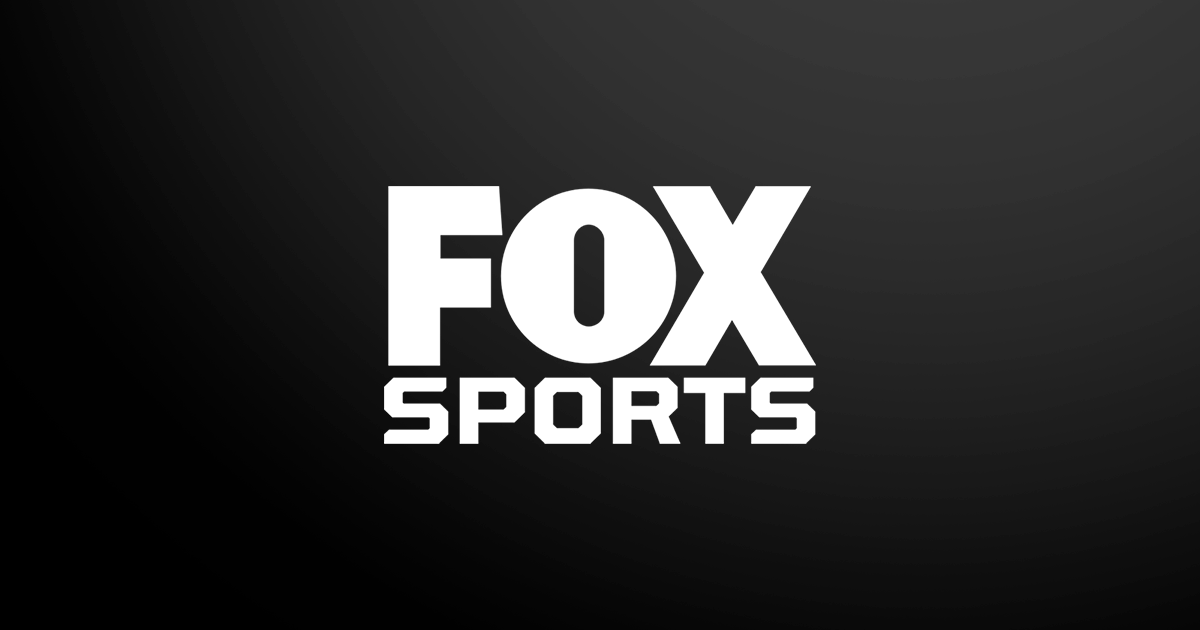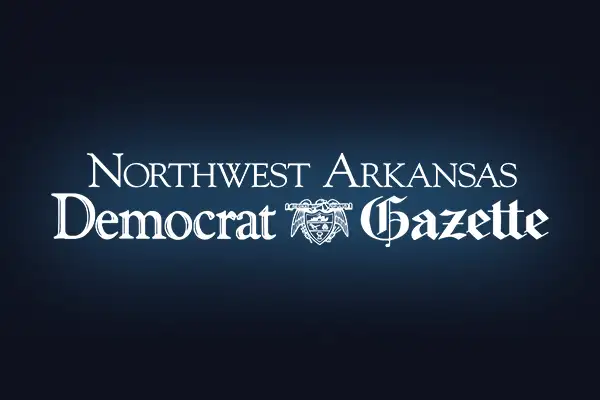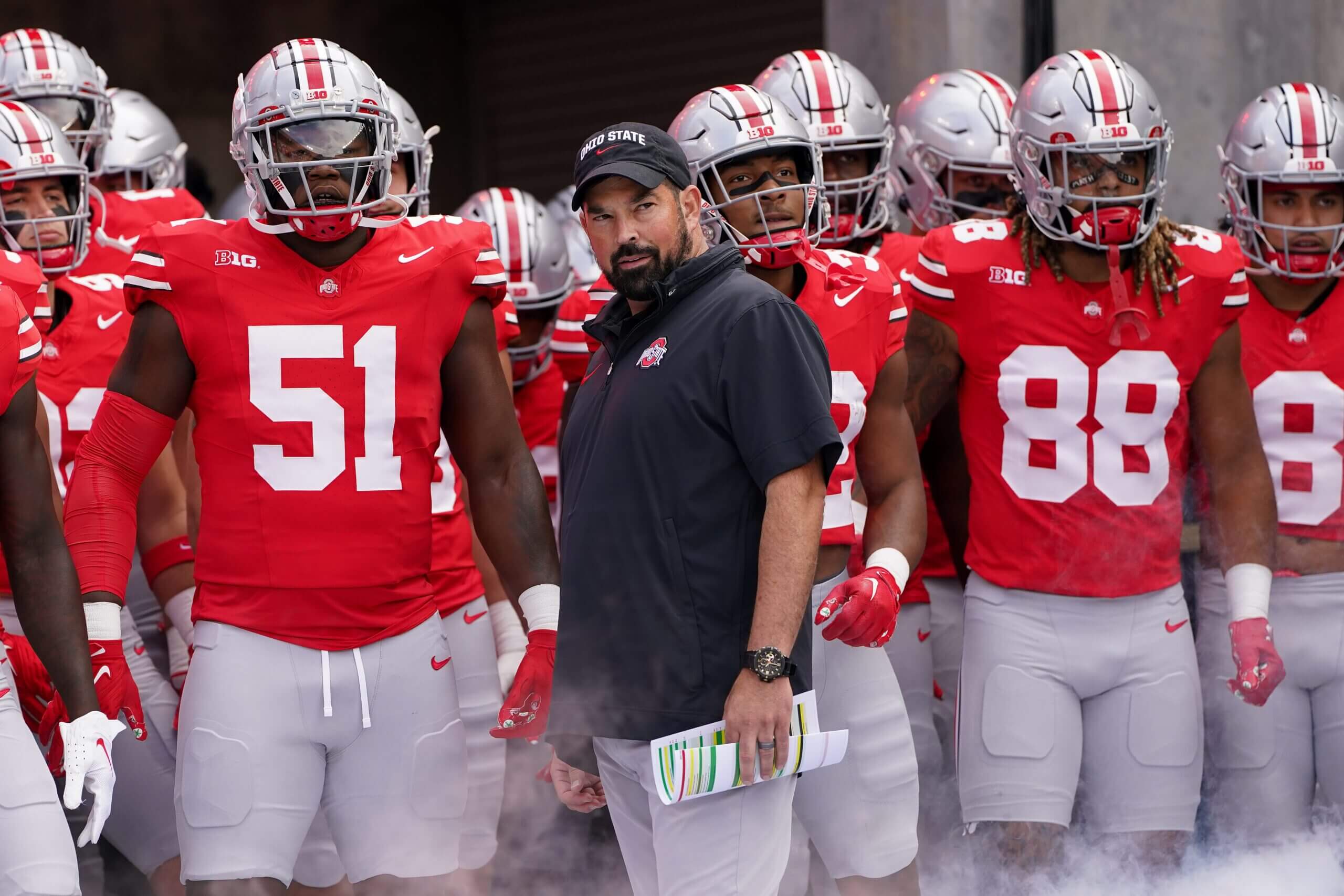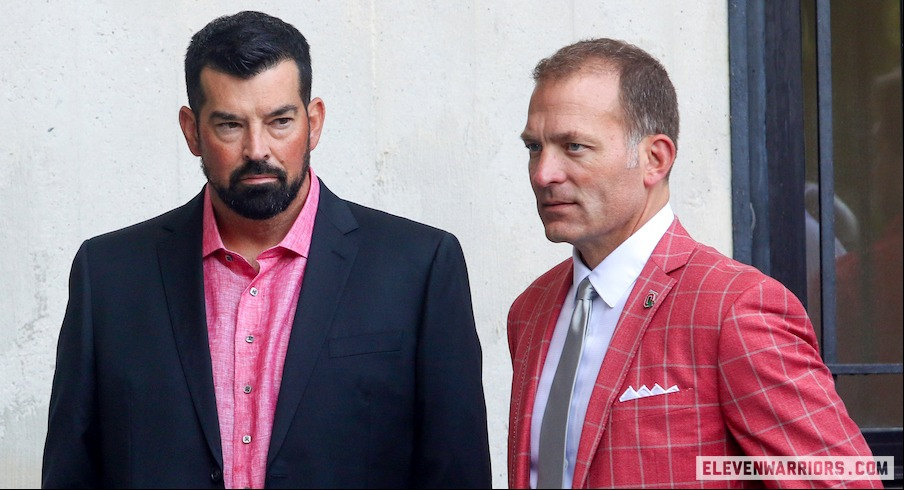Associated Press
OAKMONT, Pa. (AP) — Jack Nicklaus and Johnny Miller can look across the vast landscape of Oakmont where each won momentous U.S. Open titles and see in some respects how little has changed.
The course is longer than when Nicklaus defeated Arnold Palmer in a playoff in 1962, than when Miller set a U.S. Open record that still stands 52 years later as the only man with a 63 in the final round to win.
But it’s still about putting. It’s still those greens that feel like putting on a basketball court.
“I was talking to some of the guys in the locker room a few minutes ago,” Nicklaus said Saturday. “And they’re saying, ‘What do you think?’ I said, ‘Well, obviously putting is the key out here.’ I three-putted the 55th green. I had one three-putt that week, and I’m still ticked off I three-putted that one. That was sort of my mindset.”
“Basically you had to figure these greens out and not let them get to you,” he said. “And be patient. One-under par won the tournament, and 1-under par doesn’t win a lot of tournaments today. But it did then.”
And it might now.
Only three players were under par at the halfway point for the 125th edition of the U.S. Open, and the record 10th one at Oakmont. Only 27 players have finished a major championship at Oakmont under par, and the next 36 holes determine how much — or if — that list will grow.
Miller’s win was epic, mainly because he thought he was out of it with a 76 in the third round of the 1973 U.S. Open, leaving him six shots behind. On a soft course, Miller delivered what he considers “literally a perfect round of golf.”
Almost. His only bogey in that round was a three-putt on the long par-3 eighth hole.
Miller was a premier striker of the ball whose putting was streaky, and what he marvels about even today was missing only one fairway and hitting every green, every shot except one left below the cup on the lightning-fast greens.
“That’s hard to do at Oakmont, to hit 18 greens and have no downhill putts,” Miller said.
Both also had to deal with Arnold Palmer, the King, particularly in his home country of western Pennsylvania. Palmer had won the Masters for the third time in 1962. Nicklaus was a powerful 22-year-old with a crew cut — “Fat Jack,” he was called — who didn’t care about anything but winning and didn’t realize the crowd was against him.
“He was the guy you had to beat if you wanted to win, and particularly here,” Nicklaus said. “It was really kind of funny because I never really heard the gallery. I was a 22-year-old kid with blinders on and not smart enough to figure out that people rooted for people. I just went out and played golf. That’s what I did.”
If he could have donated one club to the USGA from his Open title — as players are asked to do now — Nicklaus didn’t hesitate on the key to winning.
“I three-putted one time in 90 holes,” he said.
Miller never got around to answering what club he would have donated — driving was key to miss only one fairway, his iron play was sublime in hitting every green. He did what few others even consider at a U.S. Open. He attacked, because he had to.
“I was more of a guy that didn’t like it to be close,” he said. “If that ball is going in the hole, I’m going to fill it up until the round is over if I can. None of this fancy stuff about hitting away from the target. I wanted to have the thrill of going for knocking down pins out of the green. That was my fun. I liked to drive fast and hit hard with the driver and that kind of stuff.
“I don’t know, everybody does it differently,” he said. “But that’s just the way I thought.”
Miller spoke how he thought, endearing him to U.S. viewers with his 29 years in the booth at NBC covering the U.S. Open, never afraid to use “choke” when talking about pressure.
Among the many changes that have occurred since their glory days at Oakmont: money.
The prize fund is $21.5 million this week, with $4.3 million going to winner.
Nicklaus won $17,500 for his 1962 U.S. Open title. Eleven years later, Miller won $30,000. That’s true in all sports and particularly now in golf as the PGA Tour is in a money race with the Saudi backing of LIV Golf.
“Would I have loved to have had what’s going on here when we played? Yeah. Obviously all of us would,” Nicklaus said. “But I also was really pleased that … Johnny and myself both trail blazed the way for what’s happening today. I think if you look back at (Ben) Hogan and (Sam) Snead and those guys, they trail blazed it for us.
“I don’t think that would have made any difference, whether we were playing for what we played for or what they’re playing here today,” he said. “If we would have had the ability to do this, I think we would have tried to do the same thing.”
___
AP golf: https://apnews.com/hub/golf







